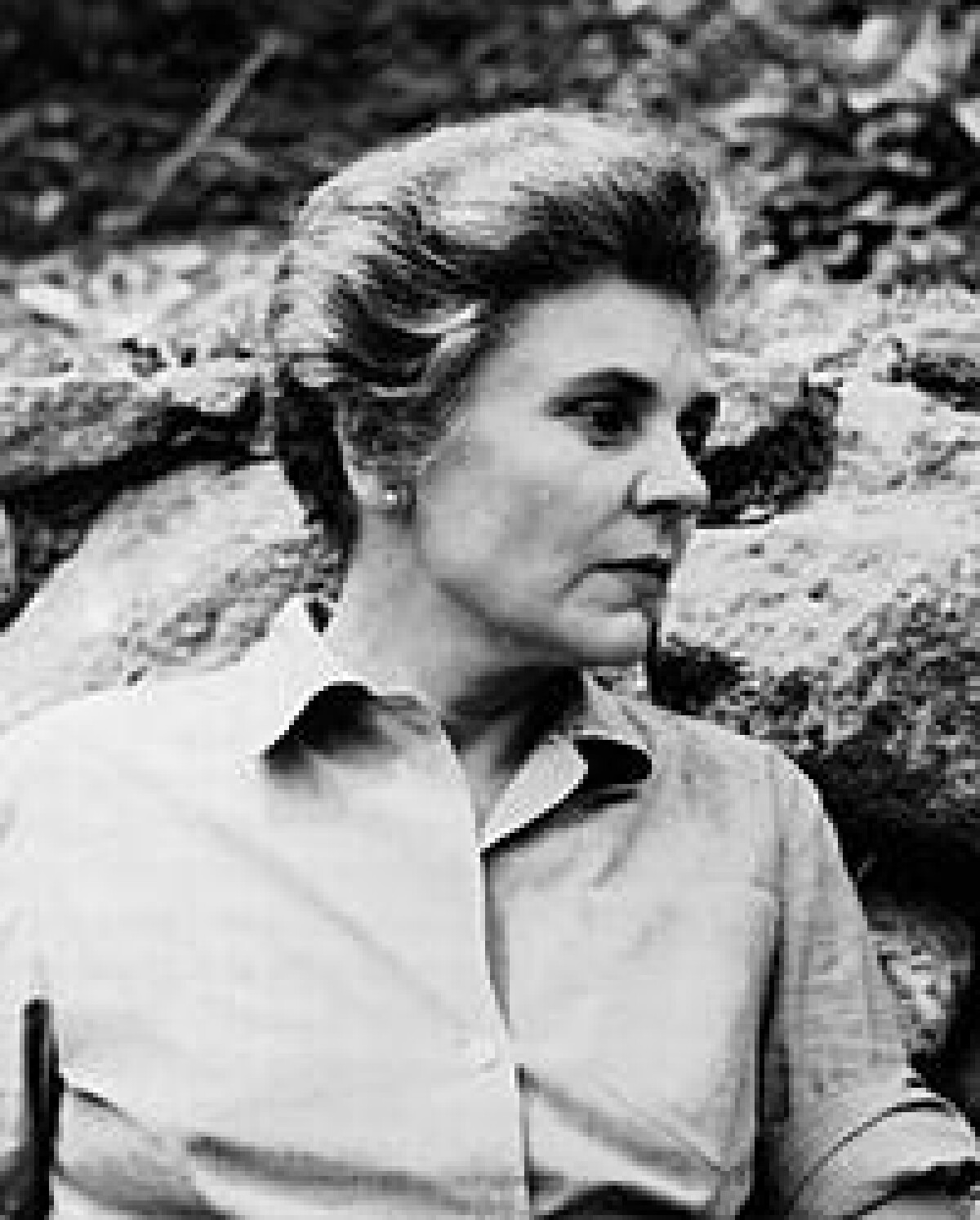Bishop Elizabeth
Elizabeth Bishop was an American poet and short-story writer. She was the Poet Laureate of the United States from 1949 to 1950, a Pulitzer Prize winner in 1956 and a National Book Award Winner for Poetry in 1970. Elizabeth Bishop House is an artists' retreat in Great Village, Nova Scotia dedicated to her memory. She is considered one of the most important and distinguished American poets of the 20th century.
Elizabeth Bishop, an only child, was born in Worcester, Massachusetts. After her father, a successful builder, died when she was eight months old, Bishop’s mother became mentally ill and was institutionalized in 1916. (Bishop wrote about the time of her mother's struggles in her short story In The Village.) Effectively orphaned during her very early childhood, she lived with her grandparents on a farm in Great Village, Nova Scotia, a period she also referenced in her writing. This was also where she developed into a first-class fisherwoman. Bishop's mother remained in an asylum until her death in 1934, and the two were never reunited.
Later in childhood, Bishop's paternal family gained custody, and she was removed from the care of her grandparents and moved in with her father's wealthier family in Worcester, Massachusetts. However, Bishop was unhappy in Worcester, and her separation from her grandparents made her lonely. While she was living in Worcester, she developed chronic asthma, from which she suffered for the rest of her life. Her time in Worcester is briefly chronicled in her poem In The Waiting Room.
Bishop boarded at the Walnut Hill School in Natick, Massachusetts, where she studied music. At the school her first poems were published by her friend Frani Blough in a student magazine. Then she entered Vassar College in the fall of 1929, shortly before the stock market crash, planning to be a composer. She gave up music because of a terror of performance and switched to English where she took courses including 16th and 17th century literature and the novel. Bishop published her work in her senior year in The Magazine (based in California) and 1933, she co-founded Con Spirito, a rebel literary magazine at Vassar, with writer Mary McCarthy (one year her senior), Margaret Miller, and the sisters Eunice and Eleanor Clark. Bishop graduated in 1934.
Bishop was greatly influenced by the poet Marianne Moore to whom she was introduced by a librarian at Vassar in 1934. Moore took a keen interest in Bishop’s work, and at one point Moore dissuaded Bishop from attending Cornell Medical School, in which the poet had briefly enrolled herself after moving to New York City following her Vassar graduation. It was four years before Bishop addressed Dear Miss Moore as Dear Marianne, and only then at the elder poet’s invitation. The friendship between the two women, memorialized by an extensive correspondence (see One Art), endured until Moore's death in 1972. Bishop's At the Fishhouses (1955) contains allusions on several levels to Moore's 1924 poem A Grave.
She was introduced to Robert Lowell by Randall Jarrell in 1947 and they became great friends, mostly through their written correspondence, until Lowell's death in 1977. After his death, she wrote, our friendship, [which was] often kept alive through years of separation only by letters, remained constant and affectionate, and I shall always be deeply grateful for it. They also both influenced each other's poetry. Lowell cited Bishop's influence on his poem Skunk Hour which he said, [was] modeled on Miss Bishop's 'The Armadillo.' Also, his poem The Scream is derived from...Bishop's story In the Village. North Haven, one of the last poems she published during her lifetime, was written in memory of Lowell in 1978.
Bishop did not see herself as a lesbian poet or as a female poet. Although she still considered herself to be a strong feminist, she only wanted to be judged based on the quality of her writing and not on her gender or sexual orientation. Also, where some of her notable contemporaries like Robert Lowell and John Berryman made the intimate, often sordid details of their personal lives an important part of their poetry, Bishop avoided this practice altogether. For instance, like Berryman, Bishop struggled with alcoholism and depression throughout her adult life; but Bishop never wrote about this struggle (whereas Berryman made his alcoholism and depression a focal point in his dream song poems).
In contrast to this confessional style involving large amounts of self-exposure, Bishop's style of writing, though it sometimes involved sparse details from her personal life, was known for its highly detailed and objective, distant point of view and for its reticence on the sordid subject matter that obsessed her contemporaries. In contrast to a poet like Lowell, when Bishop wrote about details and people from her own life (as she did in her story about her childhood and her mentally unstable mother in In the Village), she always used discretion.
Although she was generally supportive of the confessional style of her friend, Robert Lowell, she drew the line at Lowell's highly controversial book The Dolphin (1973), in which he used and altered private letters from his ex-wife, Elizabeth Hardwick (whom he'd recently divorced after 23 years of marriage), as material for his poems. In a letter to Lowell, dated March 21, 1972, Bishop strongly urged him against publishing the book, writing, One can use one's life as material [for poems]--one does anyway—but these letters—aren't you violating a trust? IF you were given permission—IF you hadn't changed them. . .etc. But art just isn't worth that much.
In 1971 Bishop began a relationship with Alice Methfessel. Never a prolific writer, Bishop noted that she would begin many projects and leave them unfinished. She published her last book in 1976, Geography III. Three years later, she died of a cerebral aneurysm in her apartment at Lewis Wharf, Boston. She is buried in Hope Cemetery in Worcester, Massachusetts. Alice Methfessel was her literary executor.









